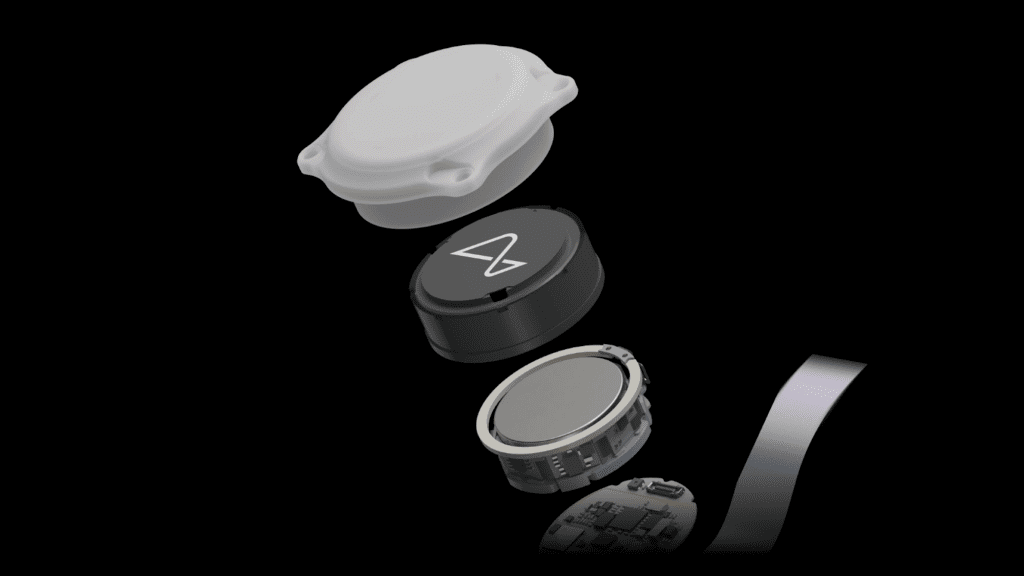Neuralink quietly released an update earlier this week about the first patient to get its experimental brain computer interface (BCI), but a concerning detail is hidden in the progress report. According to a blog post from Elon Musk's company on Wednesday, the implant is partially disconnected from its user's brain.
The Neuralink N1 is a device about the size of a quarter that holds a battery, communications arrays, and a processing chip placed on top of a patient's brain through a small hole in the skull using a “surgical robot” supervised by humans. The BCI uses 64 threads thinner than individual human hairs, each containing 16 electrodes, which are put a few millimeters into a patient's motor cortex. Once activated, the electrodes sense and send neural activity that is almost instantly turned from intention into actions on a computer—like moving a mouse cursor and typing.
Neuralink worked for years on its first human implant, but faced repeated FDA delays, multiple regulatory investigations, and accusations of animal test subject abuse during alleged “hack job” procedures. In May 2023, the FDA finally granted Neuralink approval to start human trials. On January 29, Elon Musk announced on social media that Neuralink completed its first BCI implant in a human patient who was “recovering well.”
Concrete evidence was not provided for nearly three months. In March, a Neuralink livestream on X identified the volunteer as Roland Arbaugh, a 29-year-old man from Texas who became paralyzed from the neck down in 2016. Subsequent updates have since been slow to arrive, and come at the company’s discretion. The latest blog post from May 8 mainly focuses on Arbaugh’s progress, and only dedicates a single paragraph to the newly revealed implant issue.
Neuralink shows first human patient using brain implant to play online chess.]
“In the weeks following the surgery, a number of threads retracted from the brain, resulting in a net decrease in the number of effective electrodes,” Neuralink explains.
According to Neuralink, Arbaugh’s issue led to a reduction in the device’s bits-per-second (BPS) rate, which measures the speed and accuracy with which a user can control a computer cursor through their BCI. Neuralink further explained that subsequent modifications to the implant’s recording algorithm offered a workaround to the problem “that has now superseded Arbaugh’s initial performance.” Neuralink currently offers no other information on the status of the implant’s detached needles, or what caused the original malfunction.
It also seems Neuralink only released the new clinical trial update after The Wall Street Journal inquired about reports of the problem. Sources familiar with the company speculated pneumocephalus may be responsible for the needle detachments, which occurs when air is trapped inside a patient’s skull following brain surgery. The WSJ also reported that although the issue “hasn’t appeared to pose a risk to [Arbaugh’s] safety,” Neuralink employees at least briefly considered removing the implant.
Similar devices to the N1 already exist for people with physical disabilities. However, Musk has expressed a desire to make upgradeable Neuralink implants accessible to everyone. In the past, he has indicated that these products will have a wide range of capabilities, such as connecting to the internet mentally, calling self-driving Teslas, and restoring limb functionality for paralyzed users.
Neuralink has previously announced its plan to complete a total of 10 N1 human trial implants by the end of the year. The company did not respond to a request for comment at the time of writing.









